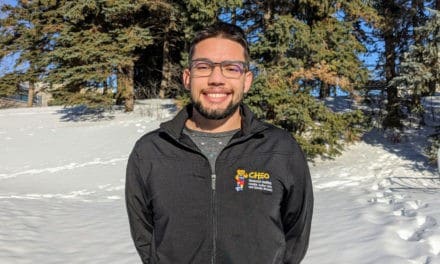HALO Director Mark Tremblay is the co-author on a paper that was recently published in Epidemiology Research International titled, “Can We Make Time for Physical Activity? Simulating Effects of Daily Physical Activity on Mortality.” Citation details are below.
Geoff Rowe, Mark S. Tremblay, Douglas G. Manuel1. Can We Make Time for Physical Activity? Simulating Effects of Daily Physical Activity on Mortality. Epidemiology Research International 2012; Article ID 304937.
ABSTRACT: Background. The link between physical activity and health outcomes is well established, yet levels of physical activity remain low. This study quantifies effects on mortality of the substitution of low activity episodes by higher activity alternatives using time-use data. Methods. Sample time profiles are representative of the Canadian population (n = 19,597). Activity time and mortality are linked using metabolic equivalents(METs). Mortality risk is determined by peak daily METs and hours spent sedentary. The impact of altering activity patterns is assessed using simulated life expectancy. Results. If all leisure screen time was replaced with an equal amount of time spent going for a walk, an increase in life expectancy of about 2.5 years (95% CI, 1.4 to 3.8) would be expected. No other activity category would have as large as an effect. Conclusions. Reducing leisure screen time has a large effect, because seniors particularly have a large potential for mortality reduction and watch more television than other age groups. The general problem of inactivity cannot be solved simply by reallocating time to more active pursuits, because daily activity patterns can be heterogeneous or fragmented and activities may be nondiscretionary (e.g., work or childcare).
Click here to read the article in full.




